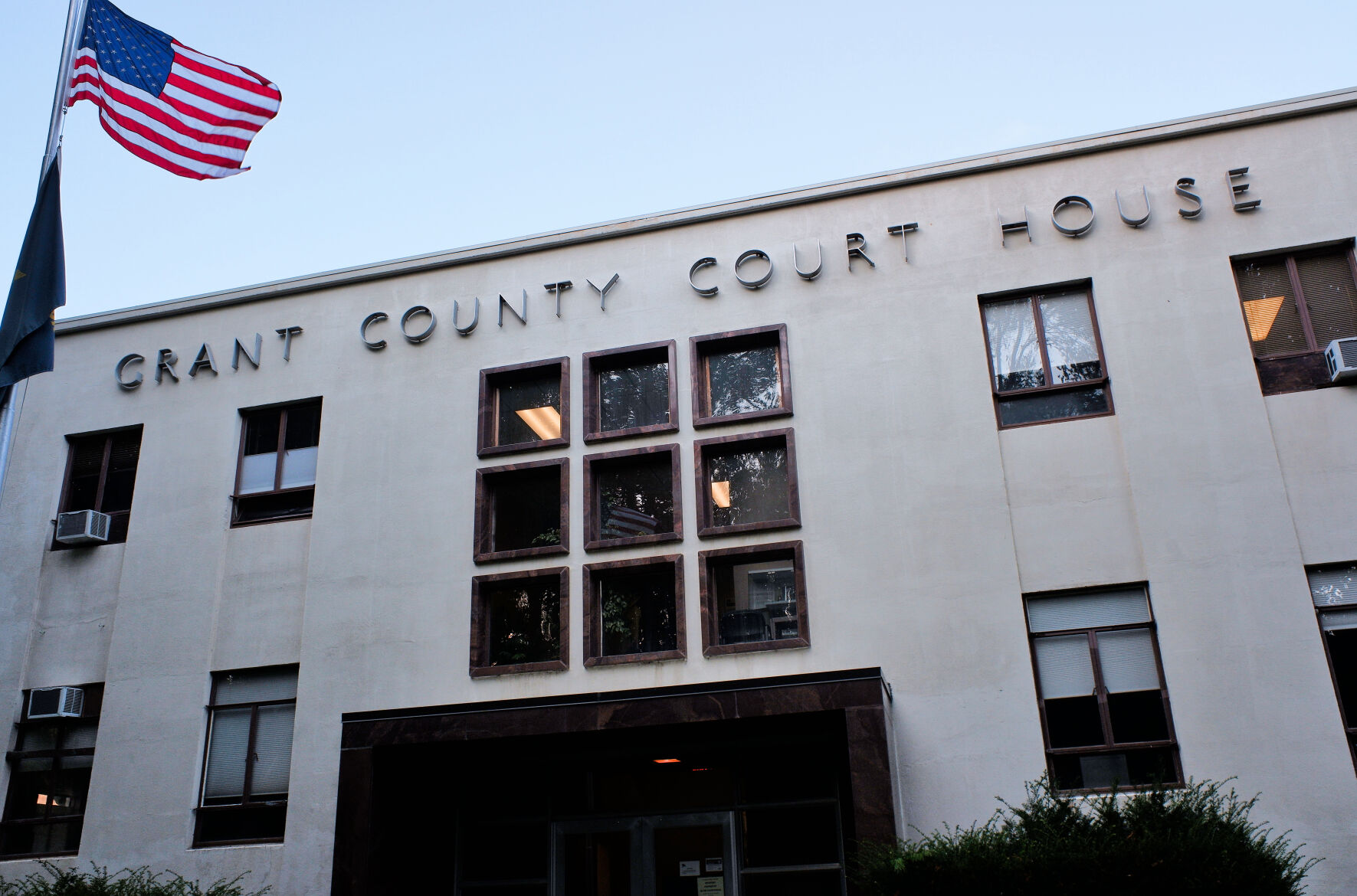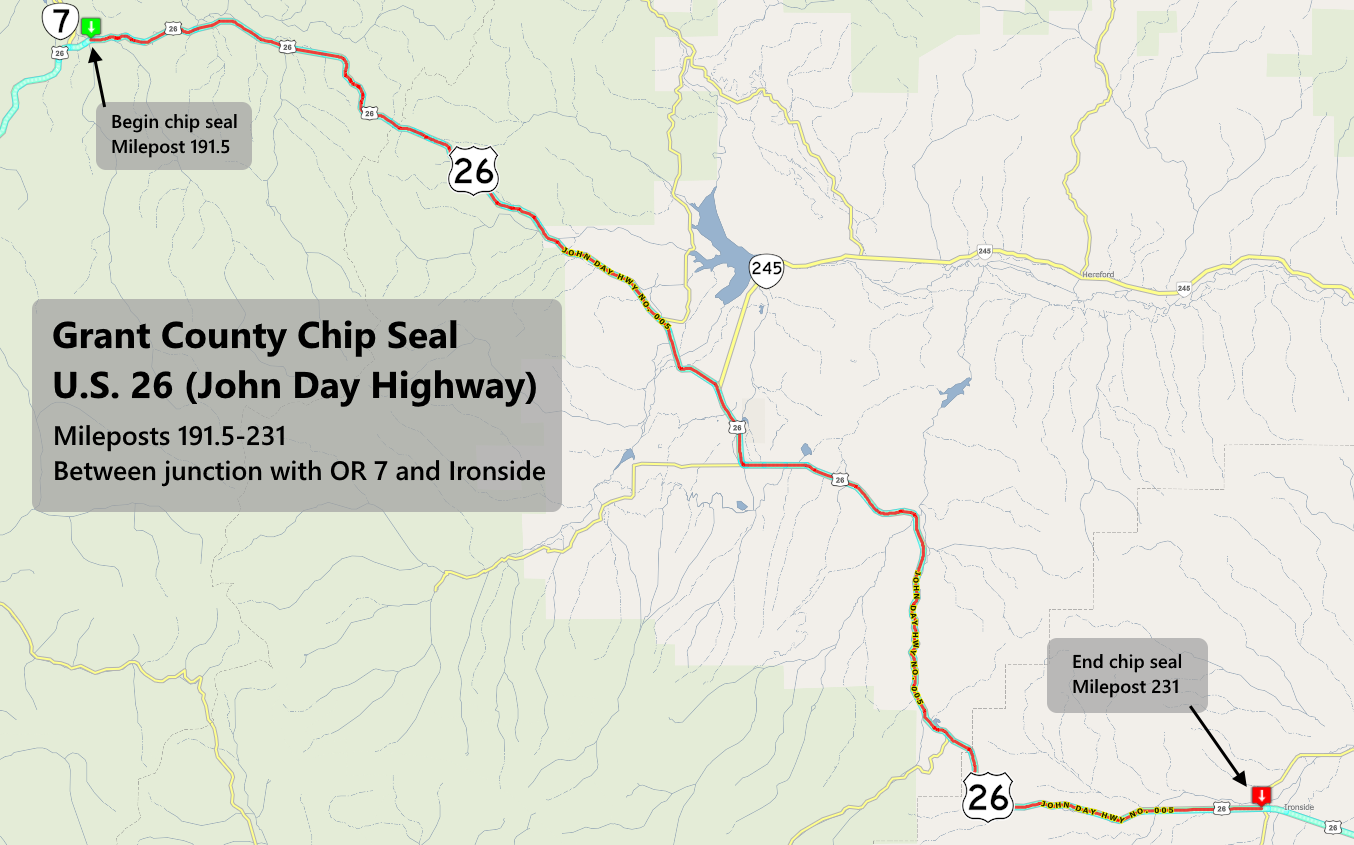Steward of the forest (one tree at a time)
Published 5:00 pm Wednesday, March 16, 2011

- Jerry Magera and his son, Sam, view the forest on Beebe family land in Wallowa County.
ENTERPRISE When Spencer Beebe, the prominent Portland environmental evangelist, was deciding how to manage his familys mostly forested 2,463-acre property in the far northeastern corner of Oregon, he initially thought to just leave the land alone.
Then he met up with Jerry Magera.
Magera is an old-school forester who has embraced new ideas about sustaining the mixed-species Oregon forests after graduating from the University of Montana in 1963 with a forestry engineering degree.
Still trim, fit and working at age 81, Magera retired from a career with the U.S. Forest Service in 1994 and ever since has been managing forests for their owners. With his son, Sam, also a college-educated forester, he inspects a property, writes a stewardship plan with a timetable and, if hired, executes the plan.
Thats what happened with the Beebe property at Flora, a blip on the map in Wallowa County just south of the Washington state line. Beebe had contracted with local logger Bob Zacharias, but when he learned that Beebe wanted a tree-by-tree plan, Zacharias told him, you need to talk to Jerry Magera.
Jerry knows the trees, he knows the area, he knows the soil and he knows how to leave the forest healthier and more resilient, Beebe said.
Its not about leaving the forests alone, according to Magera, and its not about logging all the trees. Theres a middle ground.
The forests used to be managed by catastrophic wildfire, Magera noted. Fire would clear out underbrush, trash trees and the sick, lame and lazy.
The largest, healthiest trees with thick bark sat and smiled at the fire and survived, Magera said.
Now that we control fires, we have to do some kind of management to duplicate Mother Nature, he said.
For Magera, whats involved is walking every acre carefully, deciding which trees to leave and marking those to remove. His plan is to leave trees of varying ages and a few snags, or dead trees for birds to use for nesting.
Were particular about what we do, he said. You want to leave it looking like a forest, not a stump farm.
Rather than clear cut and replant, as was done in the mid-20th Century and before, Magera prefers to let the remaining healthy trees reseed the forest with equally strong progeny.
Its a long-term project, Magera said. In eastern Oregon, it takes 200 years to grow a tree. Most stands around here are 100 to 120 years old because the forests were logged when the railroads came through. Most should grow another 100 years before harvest.
Many landowners arent satisfied, however, to wait for future generations to benefit, so they log too heavily, he said.
Conversely, he said, state and federal lands no longer logged at all are filled with fuel on the ground a powder keg just waiting to be set off.
Magera is transferring the family business to his son its now Sam Magera Forestry. He has three other children and his wife of 52 years, Glenna, lives in a nursing home because of severe back problems.
Not surprisingly, the family owns its own forests 180 acres in Wallowa County and 262 acres in Flathead County, Mont.
But its the Flora land that Beebe views as a model of what Magera preaches.
Beebe founded and heads Ecotrust, a large and unusual ecological organization out to demonstrate that the environment can be both utilized and sustained.
Ideally, you want a forest to make a little money for the landowner, Beebe said.
The way we do it, you cant make as much as if you logged it all at once, but Jerrys work makes it a much more valuable forest for the generations to come.






